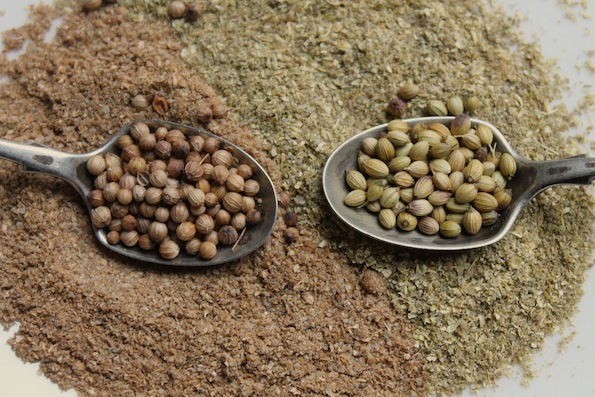Taking a stab at designing my own recipe for a wit. This will be the first recipe i come up with on my own, I used Brewers Friend to help with some calculations but I would like the opinions of some more experienced brewers So here it is
Recipe Type: All Grain
Yeast: WLP400
Yeast Starter: No
Batch Size (Gallons): 5.00
Original Gravity: 1.050
Final Gravity: 1.012
IBU: 15.87
Boiling Time (Minutes): 60
Color: 3.56
Primary Fermentation (# of Days & Temp): 14 days @ 63
Ingredients
5lbs 2-row
4lbs Flaked Wheat
1lbs White Wheat
.25lbs Flaked Oats
1oz Hallertau (60 min)
.75oz orange peel (bitter) (5min)
.75oz coriander (5min)
Yeast
WLP400 Belgian Wit Ale Yeast
Also for the Oats I could just use Quaker right?? Thank you in advance for your help
Recipe Type: All Grain
Yeast: WLP400
Yeast Starter: No
Batch Size (Gallons): 5.00
Original Gravity: 1.050
Final Gravity: 1.012
IBU: 15.87
Boiling Time (Minutes): 60
Color: 3.56
Primary Fermentation (# of Days & Temp): 14 days @ 63
Ingredients
5lbs 2-row
4lbs Flaked Wheat
1lbs White Wheat
.25lbs Flaked Oats
1oz Hallertau (60 min)
.75oz orange peel (bitter) (5min)
.75oz coriander (5min)
Yeast
WLP400 Belgian Wit Ale Yeast
Also for the Oats I could just use Quaker right?? Thank you in advance for your help













































![Craft A Brew - Safale BE-256 Yeast - Fermentis - Belgian Ale Dry Yeast - For Belgian & Strong Ales - Ingredients for Home Brewing - Beer Making Supplies - [3 Pack]](https://m.media-amazon.com/images/I/51bcKEwQmWL._SL500_.jpg)












